3 Key Steps to Stop Your Dog from Chewing Everything in Sight
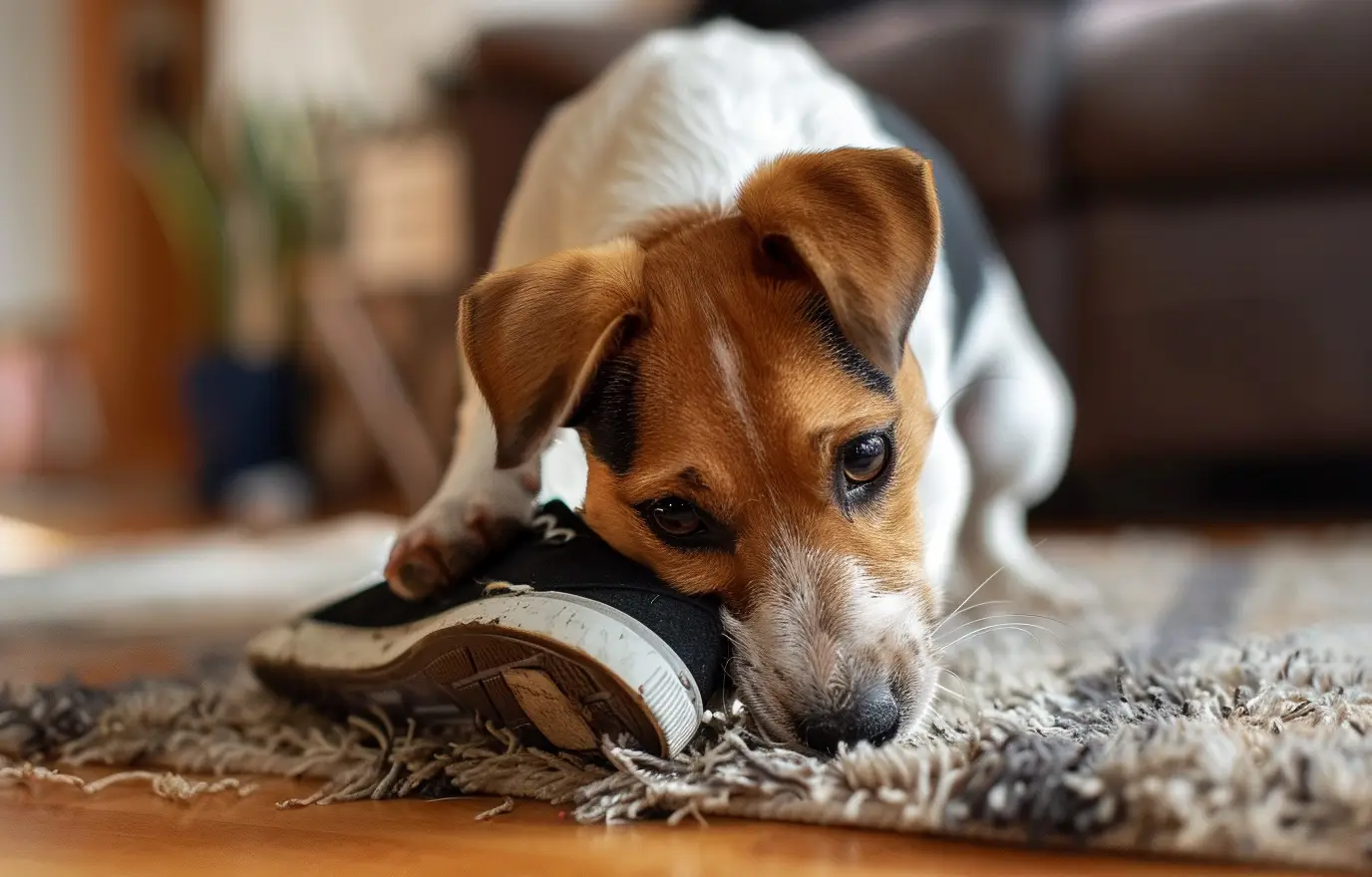
Nothing’s more fun than playing with a puppy or dog. But as exciting as it is, the joy can quickly turn into frustration when your furry friend starts chewing on everything in sight. Before you know it, your possessions are in tatters, and your enthusiasm might start to wane. The good news is, with consistent training and smart strategies, you can curb this behavior and save your home from the jaws of destruction.

Part 1: Training Your Dog Not to Chew
1: Ensure There Are No Medical Causes for Chewing
Make sure your dog’s chewing isn’t due to underlying medical issues. Dogs sometimes chew excessively due to psychological problems like anxiety or physical issues such as parasites or nutritional deficiencies. If the chewing is accompanied by other symptoms like weight loss, gastrointestinal problems, or unusual behavior, consult a veterinarian or animal behaviorist to rule out medical causes and get a tailored treatment plan.
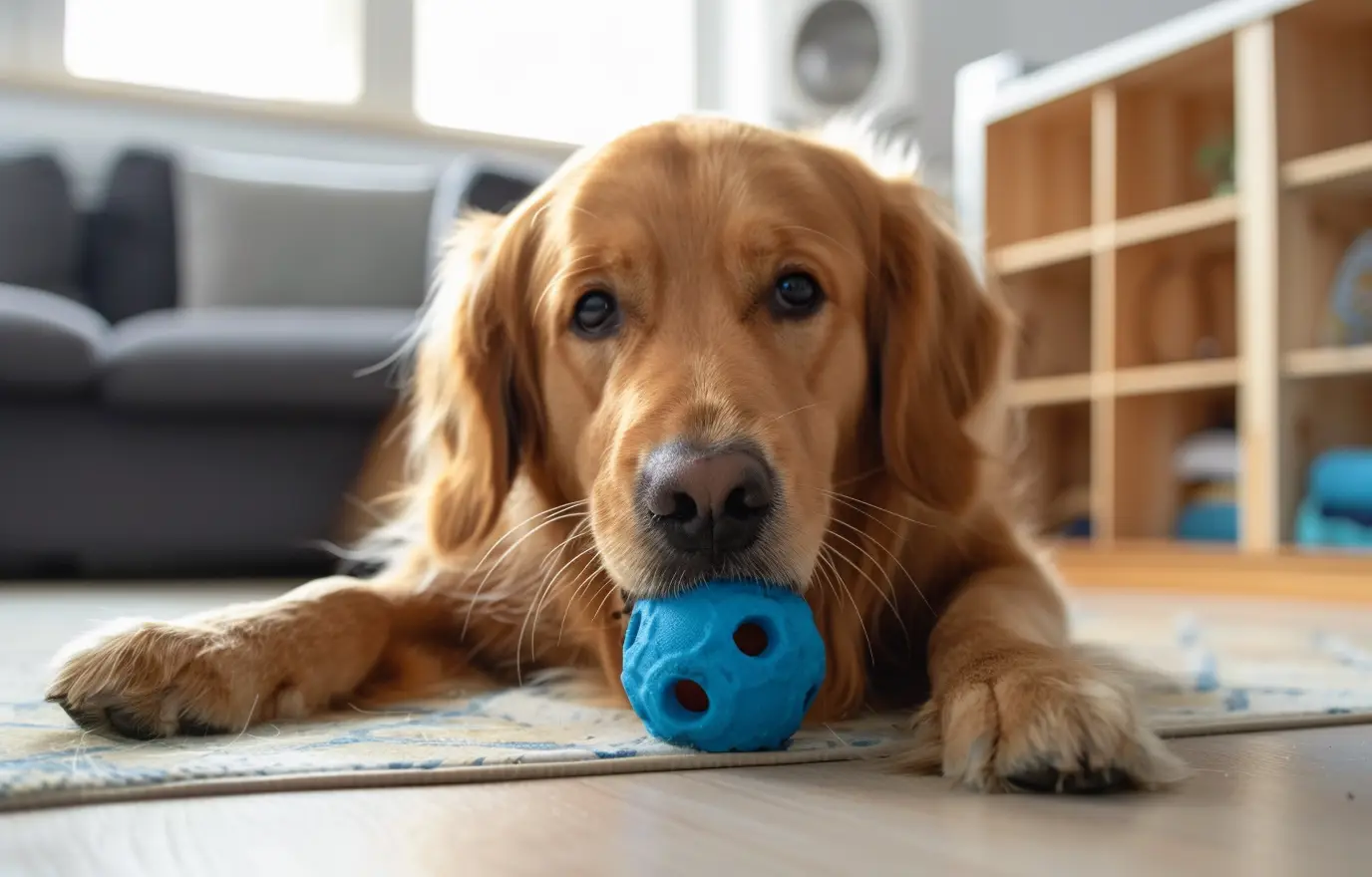
2: Avoid Negative Reinforcement
Steer clear of negative reinforcement methods like scolding or punishment. These outdated techniques can be counterproductive. Instead, if your dog chews on something inappropriate, calmly remove the object and replace it with a chew toy or treat. Praise your dog when they chew the right thing. This method teaches your dog what is acceptable without the need for reprimand.
3: Use Positive Reinforcement
Encourage appropriate chewing by offering positive reinforcement. When you catch your dog chewing on a toy or treat, give them enthusiastic praise and a small reward. Positive reinforcement helps your dog associate good behavior with pleasant outcomes, making them more likely to repeat the behavior.
4: Utilize Deterrent Sprays
Deterring sprays can discourage chewing on unwanted items. Use sprays with unpleasant flavors, like bitter apple, or make your own with ingredients like white vinegar or hot sauce diluted with water. Ensure any deterrent used is non-toxic and safe for your dog. This method works best on items that your dog consistently chews.
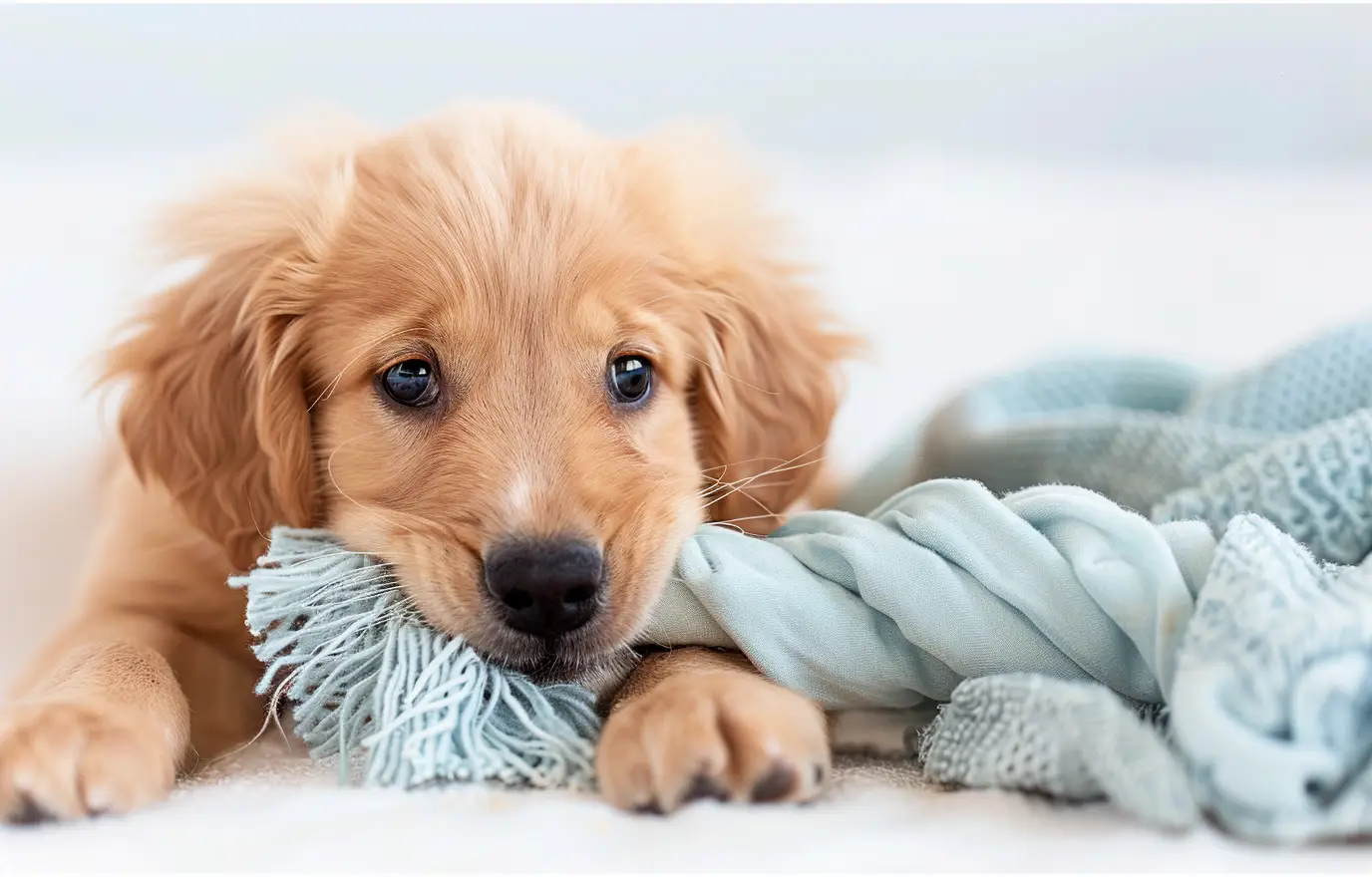
Part 2: Providing Healthy Alternatives
1: Offer Appropriate Chew Toys and Treats
Provide a variety of chew toys and treats to satisfy your dog’s need to chew. Good options include rawhide treats, chewing strips, teething rings, ropes, squeaky toys, and Kong toys. Having these alternatives available can reduce the temptation to chew on inappropriate items.
2: Provide Soothing Treats for Teething Puppies
Young puppies often chew excessively during the teething phase. Help soothe their discomfort by giving them a frozen wet washcloth to chew on. This can relieve the pain associated with new teeth coming in.
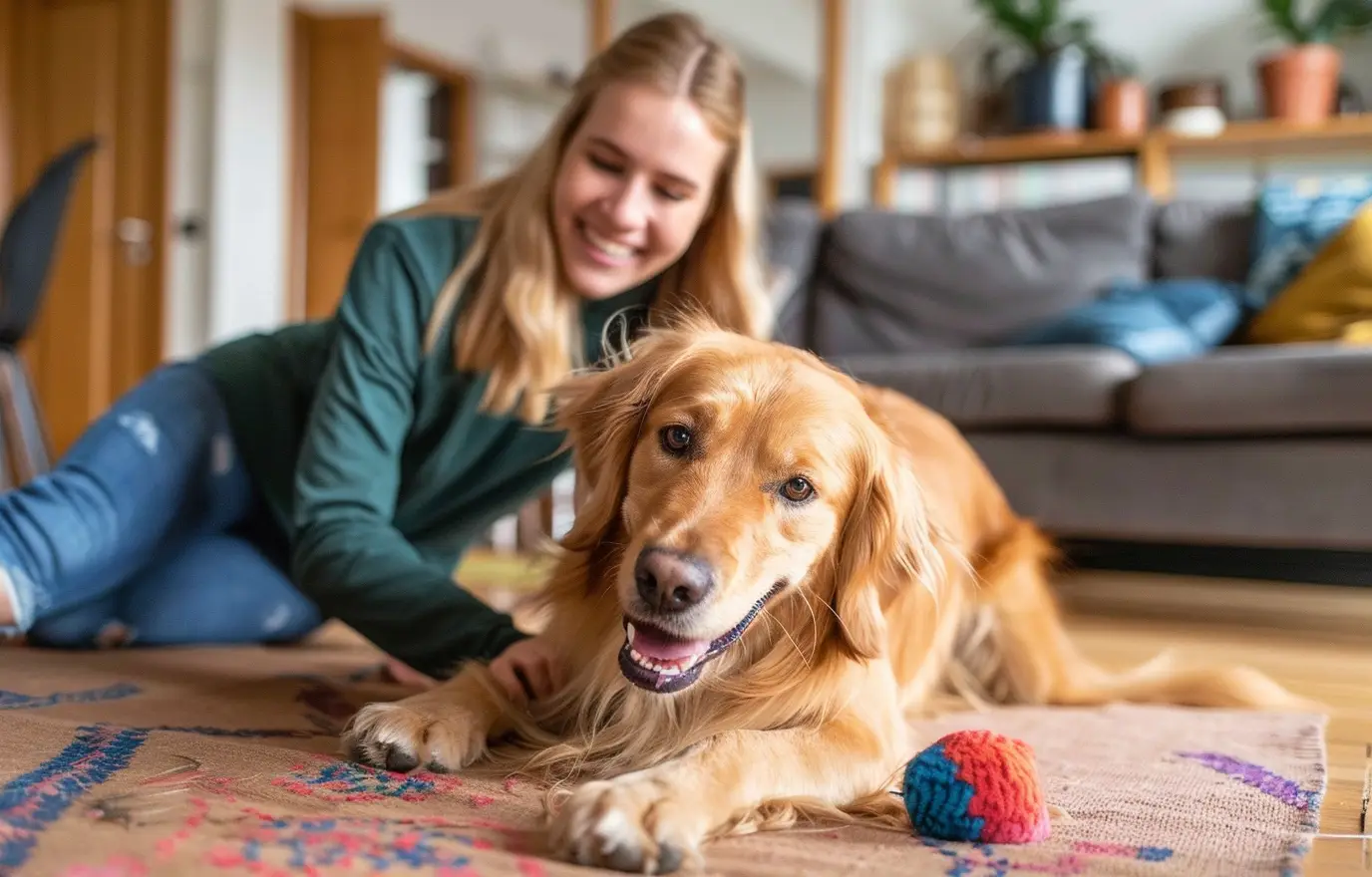
3: Spend Quality Time with Your Dog
Dogs are social animals and need interaction to stay happy. Boredom or lack of social contact can lead to destructive behaviors, including excessive chewing. Spend time playing with your dog and consider regular socialization opportunities, like visits to the dog park.
4: Keep Your Dog Engaged with Play and Exercise
Daily play and exercise are crucial for your dog’s well-being. Engaging in regular activities helps burn off excess energy, reducing the likelihood of destructive chewing. Even short play sessions can make a big difference. Dog classes can also provide structured activity and mental stimulation.
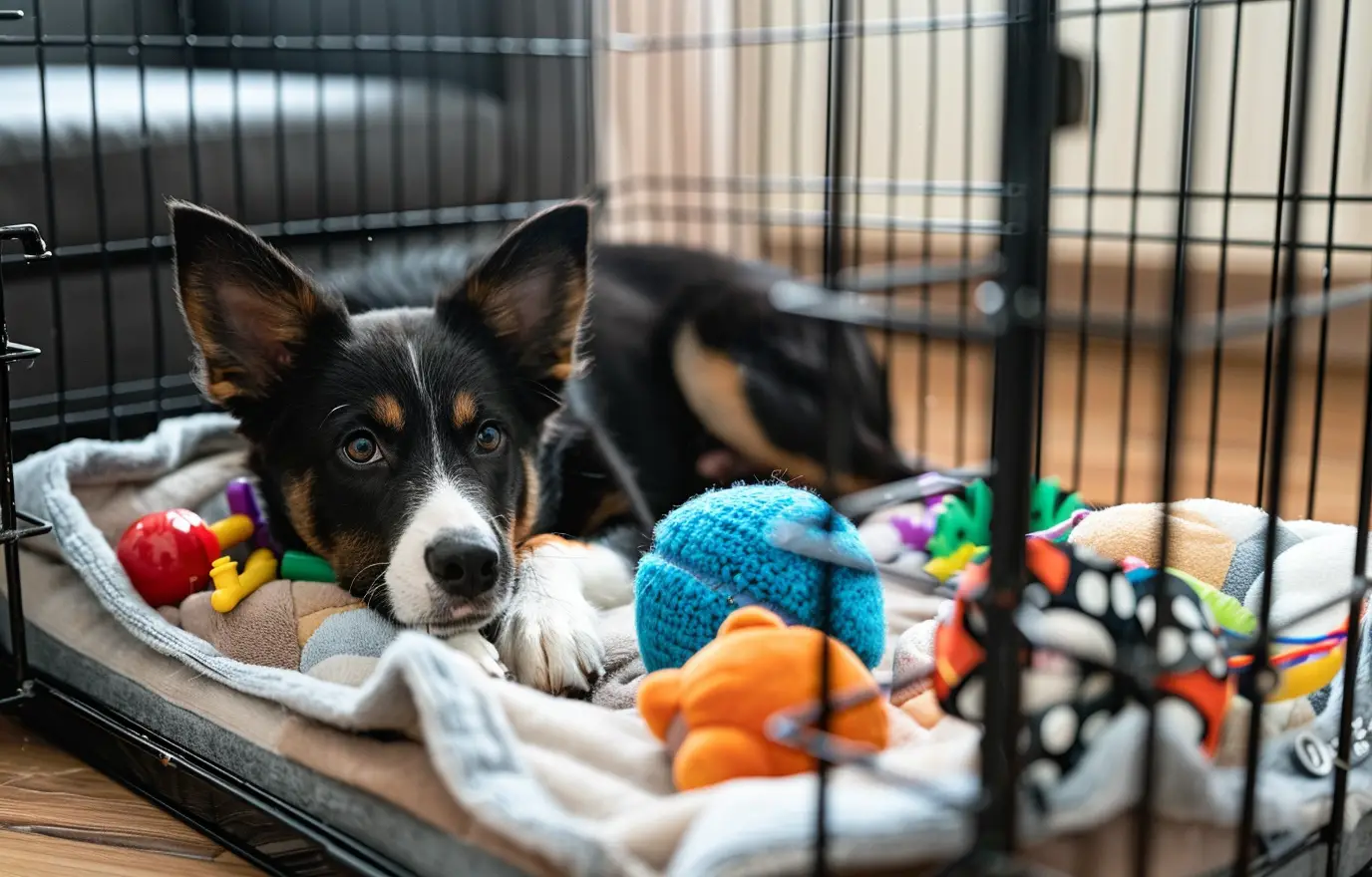
Part 3: Preventing Damage to Your Possessions
1: Keep Tempting Objects Out of Reach
Prevent access to items you don’t want your dog to chew by keeping them out of reach. Store objects like remote controls, shoes, and books in cabinets or high places. Also, ensure hazardous items such as poisonous plants and electrical cords are safely stored.
2: Avoid Offering Confusing Items
Don’t give your dog objects that resemble things you don’t want them to chew. For example, offering an old shoe might confuse your dog about why they can’t chew on new ones. Use distinct and appropriate toys to prevent misunderstandings.
3: Supervise and Confine When Necessary
If your dog tends to chew when you’re not around, consider confining them to a pen or crate. Use baby gates to block access to areas with tempting items. Supervise your dog when you’re home, and using a leash indoors can help you monitor their behavior more closely.
4: Teach the "Leave It" Command
Teaching your dog the "leave it" command can be incredibly useful. Use treats to train this command: show one treat and hide it in your hand, telling your dog “leave it.” Reward them with the other treat when they stop trying to get the first one. Consistent practice will help your dog learn to avoid chewing on inappropriate items.
